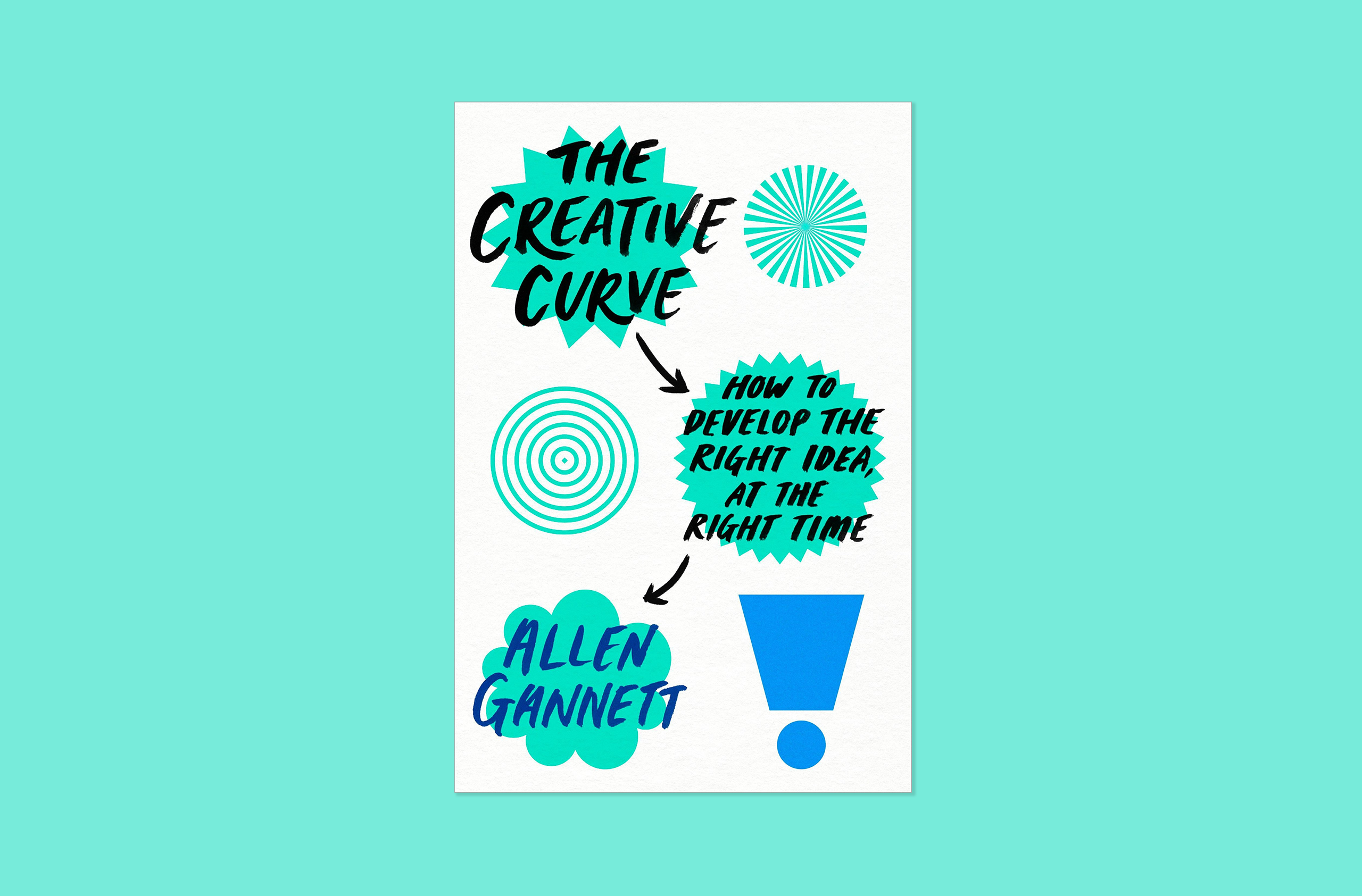
“The Creative Curve” by Allen Gannett
Ranking: 3.5/5
This is a concept book. I don’t always love concept books because it can sometimes be hard to find the practical takeaway(s). This one did a pretty good job of it although I would have liked a summary at the end of each chapter. Instead, the last paragraph of each chapter was a lead in to the next chapter.
That said, I enjoyed reading this book because a lot of the concepts were new to me. Also, my word for 2020 is CREATE. This is a real shift in my identity as I am only beginning to see myself as someone who creates and that is creative. Part of that shift has been the recognition that being creative isn’t always that flash of inspiration (although it can be). In, “The Creative Curve,” Allen Gannett has created a guide to understanding the patterns of creativity that can be consciously and intentionally applied. So, in the end, this was a practical for me. Yes!
My key takeaways from this book:
- Being creative is a learned skill and purposeful practice allows us to enhance those skills
- The creative curve is the point of optimal tension between the novel and the familiar (when applied to situations that lead to mainstream/commercial success)
- Four Laws of the Creative Curve:
-
- Consumption – creative people spend approximately 20% of their waking hours consuming material in their field; this leads to pattern recognition and idea generation that seems like it is gut feel
- Imitation – ironically, it is the structure, formulas, and norms (i.e., the constraints) of a particular field that give people the freedom to create within
- Creative Communities – creatives have four types of people in their networks: a master teacher, a conflicting collaborator, a modern muse, and a prominent promoter
- Iterations – getting to the sweet spot in the creative curve means putting your work before an audience early and often
- There is a pattern to the creative process but is isn’t easy